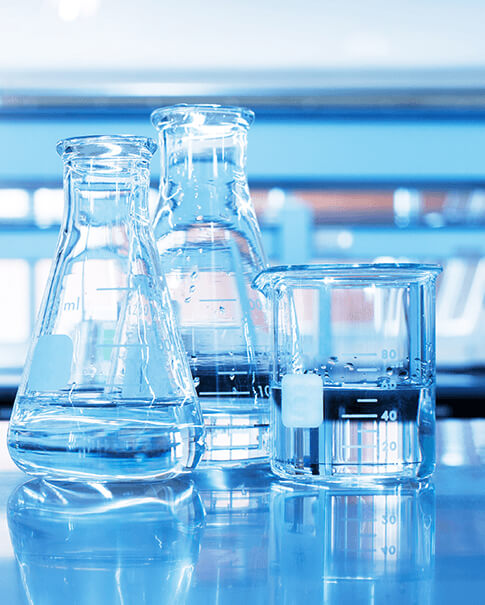What Are You Looking For?

Raw Materials for Polyacrylamide
May 06, 2024Polyacrylamide (PAM) is a synthetic polymer that is widely used in a variety of applications, including water treatment, papermaking, enhanced oil recovery, soil conditioning, and more. The raw materials used to produce polyacryide include:
1. Acrylonitrile: The primary raw material for polyacrylamide production is acrylonitrile. It is derived from propylene and ammonia through a chemical process called ammoxidation2. Sodium hydroxide: Also known as caustic soda, sodium hydroxide is used as a catalyst and as an alkaline agent in the production of polyacrylamide.
3. Ammonium persulfate: It is an initiator used in the polymerization process of polyacrylamide. Ammonium persulfate helps initiate the reaction that converts acrylonitrile into polyacrylamide.
4. Sodium bisulfite: Sodium bisulfite is commonly used as a reducing agent during the polymerization process. It helps control the reaction and prevents the formation of unwanted byproducts.
5. Acrylamide monomer: Acrylamide is a key component in the production of polyacrylamide. It is synthesized from acrylonitrile through a hydrolysis process.
6. Cross-linking agents (optional): In some cases, polyacrylamide may be modified with cross-linking agents to enhance its performance in specific applications. Common cross-linking agents include N,N'-methylenebisacrylamide (MBA) or trimethylolpropane triacrylate (TMPTA).
7. Other additives: Various additives may be incorporated into the polyacrylamide formulation to improve its properties, such as viscosity modifiers, pH adjusters, surfactants, and stabilizers.
Please note that the specific formulation and production process for polyacrylamide may vary depending on the desired properties and specific application requirements.